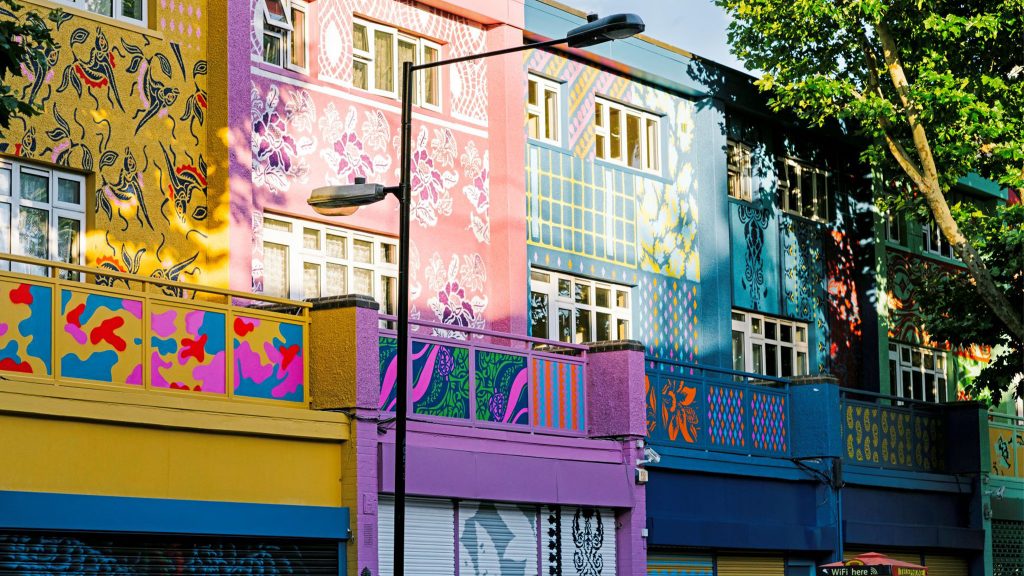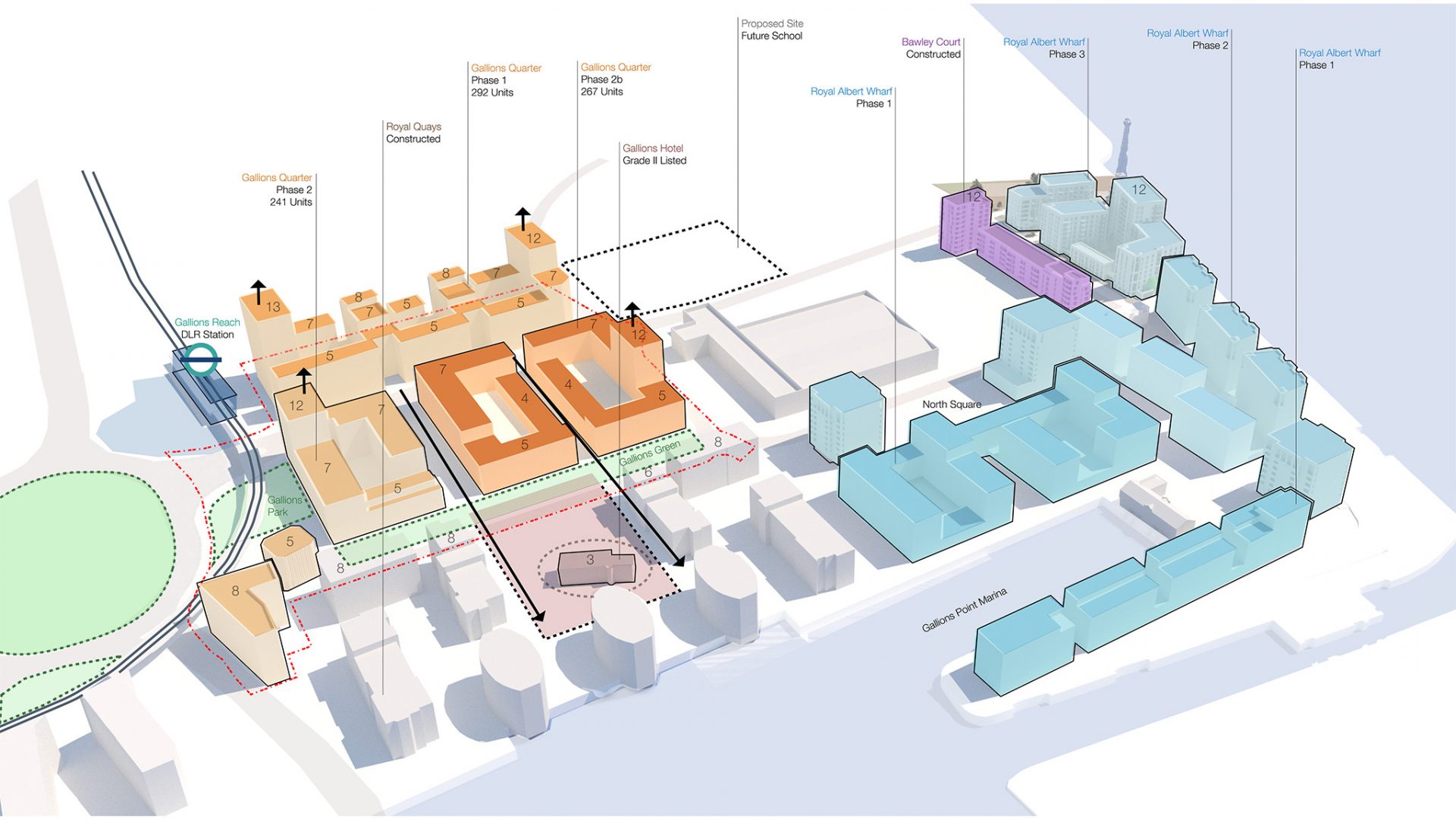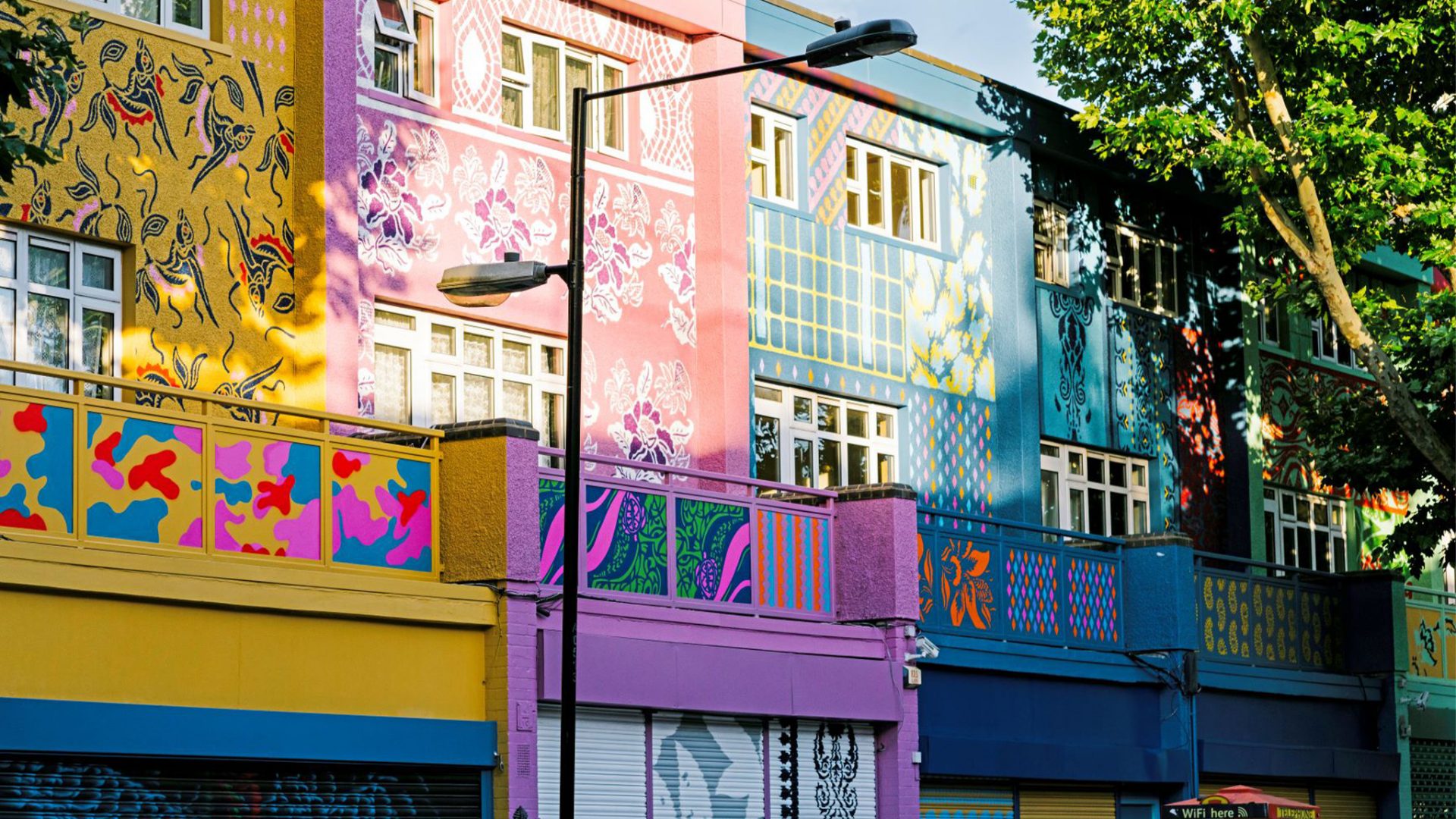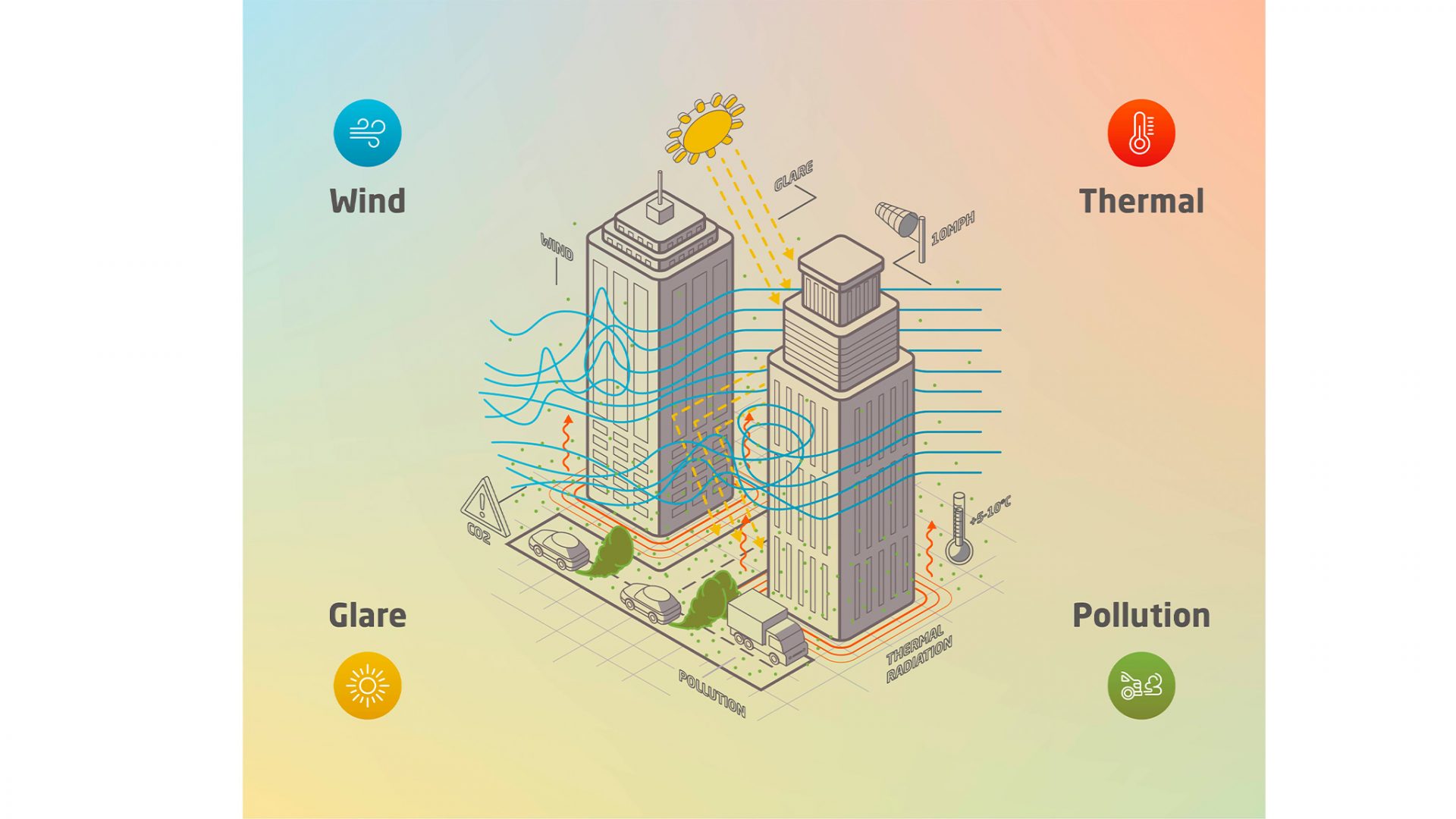Emma Cotton is Development Director at EcoWorld London. In this article Emma shares her views on our theme of 'care', reflecting on how developers should take into account existing and future communities, looking at EcoWorld's recent regeneration project of the Aberfeldy site in East London.

Image: Aberfeldy Street, Courtesy of EcoWorld London
When creating a new community, you cannot just care about the next generation. You have to care about every generation of users and occupiers: doing justice to the people who have lived there before and creating lasting benefits for everyone that will live there in the future.
As a developer, you must also care about the land you build on. Encouraging biodiversity is at the heart of the landscaping design I have worked on in my current and previous roles. It is your duty to make sure to create the right habitats for local animals – and protect existing ones.
While working on the conversion of Battersea Power Station, we had to carefully work around a family of peregrine falcons who had been nesting in the site’s chimneys for two decades. This entailed building them an alternative nest site – a new tower costing £100,000 – when the chimneys were being rebuilt.
Another way the real estate industry can show care is through the attention to detail paid when designing new communities. Previously some developers have got away with simply plonking generic schemes on a site without thinking about the long-term – that no longer cuts it.
You have to think carefully about every aspect of a resident’s day – from putting out their bins to taking their dog for a walk – to make sure you’re creating spaces that meet their needs.
Simply building a cinema to be able to tick off the “amenities” box is not good enough. We need to design spaces that are flexible – that could be used as bars, dining rooms, events spaces – so residents can choose how they want to use them.
It is also important to think about how to design a community that will care for one another. Shared amenities, such as landscaped gardens and communal terraces, are a big part of that. Having somewhere where residents can relax that is not just their private balcony facilitates organic meetings, friendships and leads to the kind of neighbours that truly care about each other.
Sometimes creating a caring community needs more of a helping hand, though. This is where the real estate industry can add value, by organising community events and finding temporary, creative uses for sites while they are still in development. This helps to make those who live around the area aware there is room for them in the new plans.
At our Aberfeldy site in East London, we are part-way through a 20-year-long regeneration programme. The residents of the neighbouring housing estates in the area have played an important role in steering the design of the new scheme and events that have taken place to bring the community alive. This included painting the shop fronts on Aberfeldy Street with patterns designed by locals – making them proud to walk down their High Street.
Our caring communities really came into their own during the pandemic. Care packages were distributed to NHS workers living on our sites and community spaces were given out to craft organisations who were sewing scrubs.
Coronavirus has made us all much more aware of the importance of living in a caring community. You can no longer just assume that a home is a place that someone will sleep in and then leave for work and socialising.
Most importantly, the built environment needs to realise that care and profit are not mutually exclusive. Show residents that you care about their community, that their community cares about them, and they will care for it in return. They will look after their amenities, make their homes beautiful and the value of that site will continue growing for years to come.






